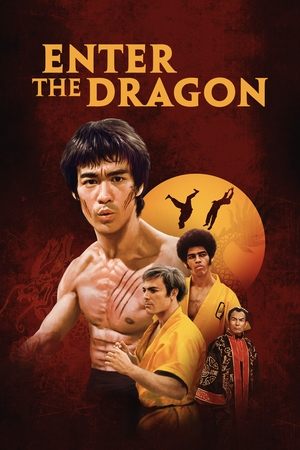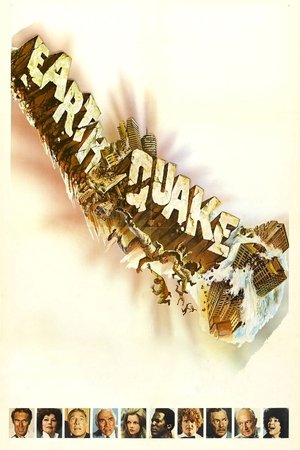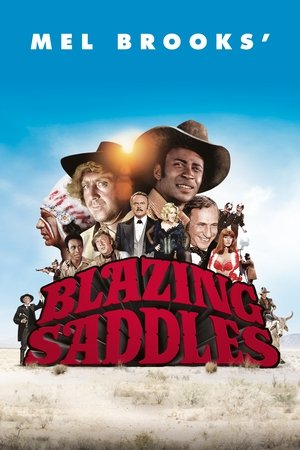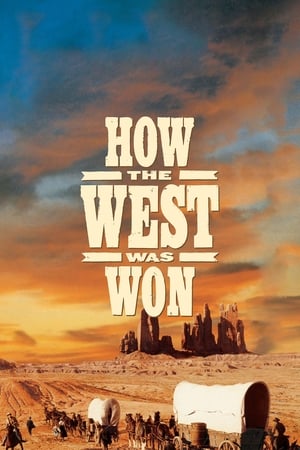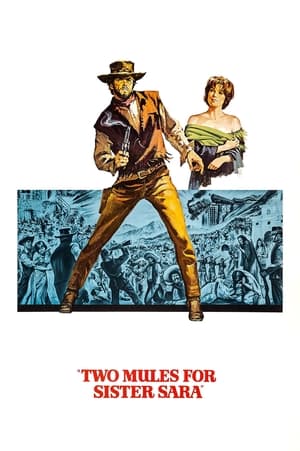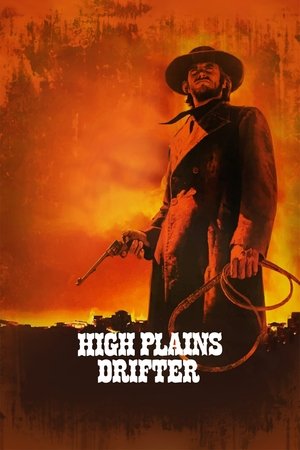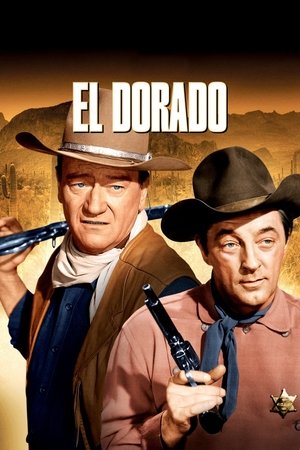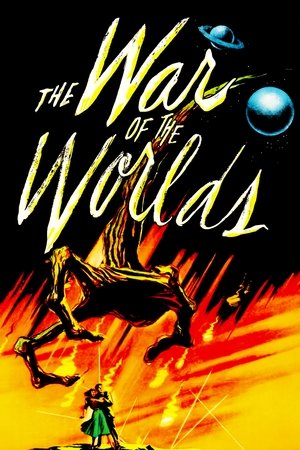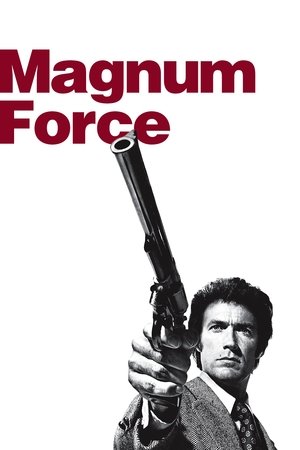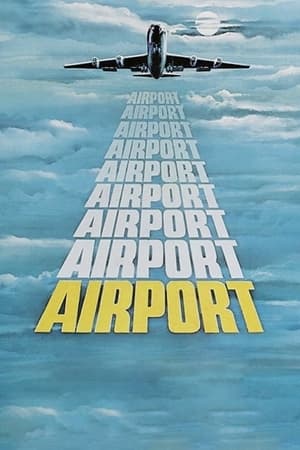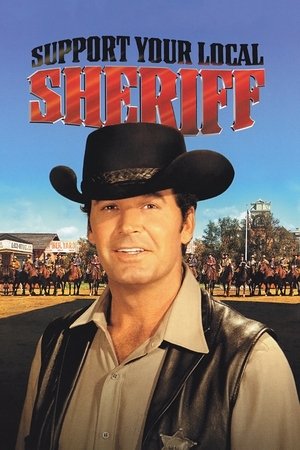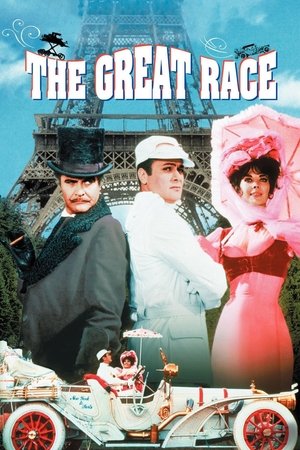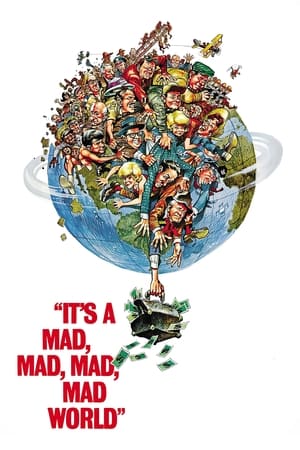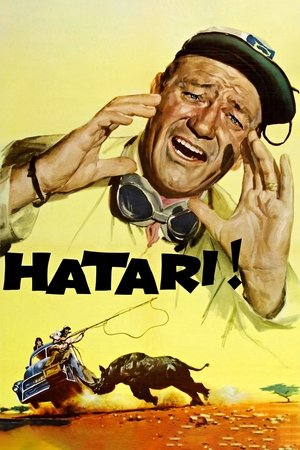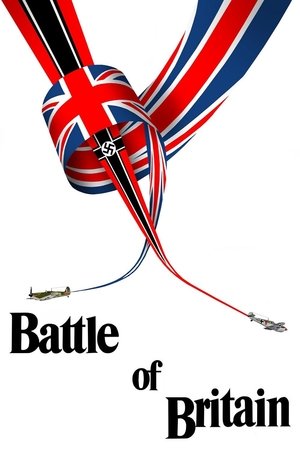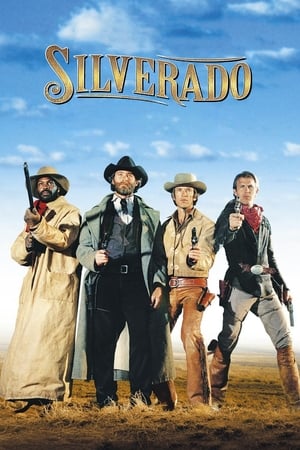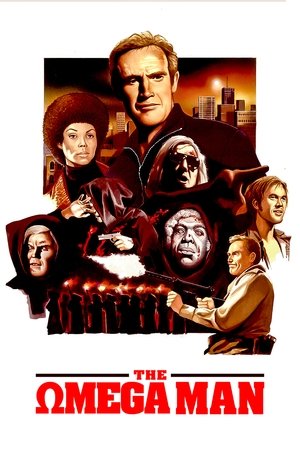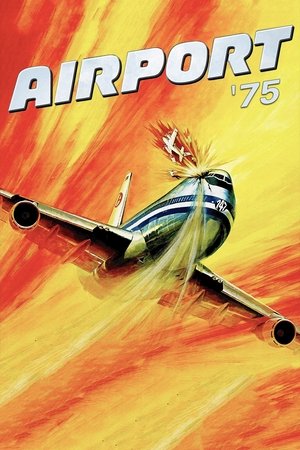Overview
Buffalo Bill and Wild Bill Hickok join forces to establish a mail route that can get mail from St. Joseph, Missouri, to Sacramento, California, in ten days. Along the way they must battle bad weather, hostile Indians and outlaws intent on robbing the mail and shutting down the entire operation.
Reviews
Almost, nearly...
Directed by Jerry Hopper and starring Charlton Heston, Forrest Tucker and Rhonda Fleming, Pony Express is adapted from a story written by Frank Gruber. It revolves around the birth of the Pony Express and how it linked California to the rest of the United States, thus preventing it from becoming a separate republic. Buffalo Bill Cody (Heston) and Wild Bill Hickok (Tucker) are the principal characters in the formation of the St Joseph-Sacramento speed run that has long since passed into folklore. Very much a fictionalised account of the "Express" and its principals, this tale deals in an attempt to form a separatist movement from the Union and the trials and tribulations that Cody & Hickok go thru in order to successfully launch the "Express". Cue Indian attacks, with the Indians being armed by corrupt business men, and sinister plotting by the seemingly affable Hastings siblings (Michael Moore & Fleming).
A loose remake of the 1924/25 silent film of the same name, Hopper's movie suffers from being overlong and for spending too much time with the Hastings sub-plot. It's only when we get to the last quarter that the film gathers apace, until then we are left with only Heston's gusto and Fleming's sexuality to hold our attention. Director Hopper struggles to craft any energy from the number of dialogue driven set-ups, and even a Mano-Mano fight to the death between Cody and Yellow Hand (Pat Hogan) is undeniably flat. Thank god then for Heston giving it brio. A few years away from career defining roles, he seems to be enjoying himself and puts ebullient life into the film when it starts to sag. Fleming too is a highpoint. When not asked to lead off awful films like Bullwhip, Fleming was a more than capable actress, helped enormously by her sexiness and ability to own her scenes. She raises temperatures here considerably with one particular scene as both Jan Sterling (as Tomboy Denny) and herself each take a bath.
Thankfully the finale doesn't follow suit with what has gone before it, with Hopper gaining a little redemption with this action quarter. The momentum is built up as we approach the first "Express" run, a gunfight is well staged and the shots of the horses bolting along the plains are a joy; in particular one shot as man and beast speed off under a blood red sky (well done cinematographer Ray Rennahan). Then it's the inevitable showdown where Heston flexes his gun toting muscles and a surprise development earns the picture an extra plaudit. So a real mixed bag for sure then. Well worth a watch for Heston purists and Fleming lusters. And indeed for Western fans who are versed in the lower grade genre entries so prominent in the 1950s. But it clearly doesn't fulfil its potential and the snippets of good only further make one feel a touch annoyed once the end credit booms out from the screen. 5.5/10
_**Charlton Heston Western about the establishing of the Pony Express**_
As the Civil War looms in 1860, Buffalo Bill Cody (Charlton Heston) and Wild Bill Hickok (Forrest Tucker) team-up to help establish the Pony Express from St. Joseph, Missouri, to Sacramento, California, enabling mail to get from East to West in 10 days rather than 3 weeks by stagecoach. But they have to deal with Separatists who seek to stop the speedy new service (e.g. Rhonda Fleming & Michael Moore), as well as hostile Indians led by chief Yellow Hand (Pat Hogan).
“Pony Express” (1953) is an entertaining enough Western with gorgeous Technicolor and a quality cast. How can you go wrong with the formidable Charlton Heston and stunning Rhonda Fleming? Winsome Jan Sterling is also on hand as a Calamity Jane-like woman with eyes for Buffalo Bill.
The Pony Express only ran for a year and a half between April, 1860, and November, 1861, wherein it was the most direct means of east-west communication before the transcontinental telegraph was completed by Western Union in late October, 1861, making the Pony Express obsolete. Despite being a financial flop, the Pony Express delivered 35,000 pieces of mail and was vital for linking the new state of California with the rest of the USA.
As usual with Hollywood (especially back then), history is mixed with fantasy or legend. While Buffalo Bill Cody almost certainly worked as a messenger boy at Leavenworth, Kansas, for the owners of the Pony Express (which is different from being a rider), he was only 14 at the time, not 29, which Heston was during shooting. Cody of course claimed to have served as a rider in his autobiography, but historians haven’t been able to find proof of this (keep in mind that Cody’s livelihood later in life depended on a constant larger-than-life public relations campaign). Meanwhile Cody did fight & kill Yellow Hair, but that wasn’t until 1876, sixteen years after the events in the movie. I guess that’s why the writers changed the name to Yellow Hand for the movie.
As for Hickok, he worked for the Pony Express at the age of 23 as a stableman at the Rock Creek station in eastern Nebraska.
Yet the movie drives home the historical reality that working for the Pony Express was a risky business as some 16 employees were killed at relay stations during the Pyramid Lake War of 1860 in Nevada (aka the Paiute War). Meanwhile 8 riders died during the 19 months the Pony Express was in operation: four were slain by hostile Natives; one was hanged for murder after he killed a man while drunk; one died in an unconnected mishap; and two froze to death. To be respected, the movie throws in an honorable cameo of mountain man Jim Bridger (Porter Hall) who discovered the Bridger Pass in south-central Wyoming in 1850, which was used for the Pony Express.
While the story could’ve been more compelling, “Pony Express” is relatively entertaining, lacks goofiness, and spurs viewers to look up the real history.
The film runs 1 hour, 41 minutes, and was shot in Kanab, Utah; Arizona; and Paramount Studios, Hollywood.
GRADE: B-

 101 min
101 min
 5.6
5.6
 1953
1953
 USA
USA
 John Chard wrote:
John Chard wrote: